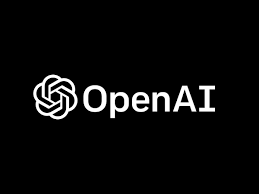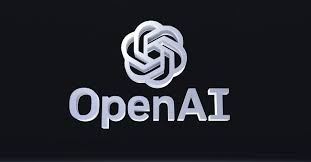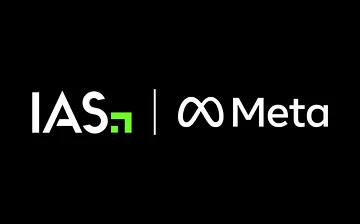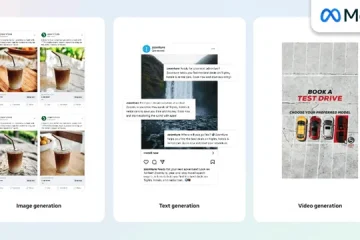In the ever-evolving landscape of artificial intelligence, Chat GPT stands as one of the most remarkable and groundbreaking achievements. Developed by OpenAI, Chat GPT is an advanced language model that exhibits a remarkable ability to engage in natural and coherent conversations with users. This marvel of AI technology has taken the world by storm, revolutionizing the way we interact with machines. In this blog, we will delve into the fascinating world of Chat GPT, exploring its origins, capabilities, ethical considerations, real-world applications, and its impact on our daily lives.
The Genesis of Chat GPT
Chat GPT, an abbreviation for “Generative Pre-trained Transformer,” is built upon the groundbreaking success of its predecessors like GPT-2 and GPT-3. The journey began with GPT-2, which astonished the world with its ability to generate human-like text, albeit with some concerns about potential misuse. OpenAI, being committed to safety, initially withheld the full release of GPT-2 to mitigate potential risks. However, they later decided to launch GPT-3, which was even more powerful and capable than its predecessors. GPT-3 served as the foundation for Chat GPT, which aimed to create an AI conversational partner that could interact seamlessly and empathetically with users, setting new benchmarks for AI-human communication.
The Wonders of Chat GPT
Chat GPT’s magic lies in its architecture, the Transformer model, which enables it to process and generate human-like text. With a staggering number of parameters and immense computational power, Chat GPT is a large language model capable of comprehending context and generating coherent responses. It excels in various natural language processing tasks, such as language translation, summarization, content creation, and, most notably, interactive conversations. This dynamic conversational ability is what sets Chat GPT apart, enabling it to provide responses that are contextually appropriate and cater to users’ queries in a human-like manner.

Ethical Considerations and Bias Mitigation
While Chat GPT’s capabilities are impressive, there are valid ethical concerns associated with its development and deployment. As an AI language model, it learns from vast datasets available on the internet, which may inadvertently contain biases present in human-generated content. This raises concerns about potential bias in its responses and decisions. OpenAI has recognized these issues and worked diligently to minimize biases by refining their training data and implementing guidelines to promote fairness and inclusivity. The responsibility of ensuring ethical AI usage, however, does not solely fall on OpenAI, but also on developers and users who must be vigilant in their interactions with Chat GPT.
Real-World Applications of Chat GPT
The applications of GPT span a wide spectrum of industries and use cases. In customer service, GPT can be employed to provide personalized and prompt assistance to customers, enhancing user experience and reducing response times. Moreover, GPT can aid in language translation, breaking language barriers and promoting global communication. In healthcare, GPT can assist medical professionals by providing relevant information and answers to medical queries. It can also be harnessed in education, virtual assistants, creative writing, and more. The versatility of GPT makes it an invaluable tool across numerous domains, enhancing productivity and accessibility.
The Impact of Chat GPT on Our Lives
The advent of Chat GPT has brought about significant changes in how we interact with technology. Its seamless conversations have made it more approachable, bridging the gap between AI and human communication. Chat GPT has found its place in our daily lives, from helping us with mundane tasks to fostering creativity and knowledge-sharing. However, as AI continues to advance, it is essential to remember that Chat GPT is still an artificial construct, lacking genuine emotions or consciousness. As we incorporate AI into our lives, it is crucial to strike a balance between embracing its utility and maintaining human connection.

In conclusion, GPT has emerged as a remarkable feat of AI technology, transforming the way we interact with machines. Its ability to engage in natural and coherent conversations has earned it a special place in various industries, revolutionizing customer service, language translation, healthcare, education, and beyond. However, as we embrace this technology, we must remain cognizant of the ethical considerations and biases that come with AI language models. The future of GPT and similar AI advancements holds great potential, and our collective responsibility lies in harnessing this power responsibly for the betterment of humanity.


